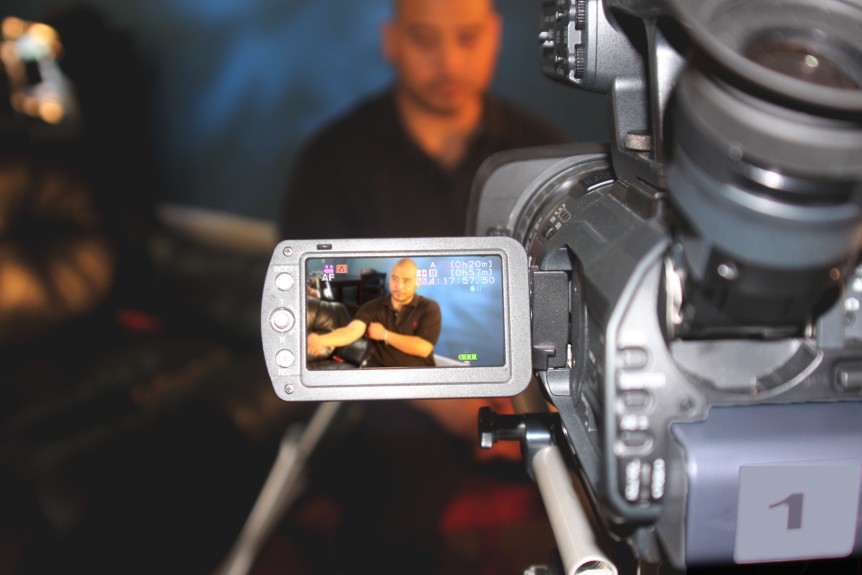Overcoming the challenges of the invisible injury has never been more dramatic and succinct. With the use of professional documentary presentations, consumer attorneys are well-equipped to maximize settlement demands
In law school, every lawyer takes a course on Torts. In the portion that discusses the building blocks of the body of negligence law, the bright-eyed first-year law student reads the “Flour Barrel” case or one of its progeny. In the “Flour Barrel” case, the innocent plaintiff is strolling along the sidewalk on a Wednesday afternoon in front of a bakery, minding his own business, when he is suddenly and without warning hit on the head with an empty wooden flour barrel. The injured plaintiff attempts to seek relief from the bakery who denies responsibility. The bakery employees also state that they have no idea of what happened. The case goes to trial, and the smug attorney for the bakery tells the court they must dismiss the case since the plaintiff cannot prove the essential element of causation. It is the plaintiff’s word against the defendant. The plaintiff can’t identify where the barrel came from, who tossed it and the like. The bakery denies any wrongdoing or fault.
The Solomon-like judge suddenly trots out some Latin, and it is “game over” for the bakery. The judge says: “res ipsa loquitur,” or “the thing speaks for itself.” The judge opines that you don’t have to be a rocket scientist to put two and two together. The plaintiff was walking past a bakery when they were hit over the head from above by a flour barrel with a brand of flour that is habitually purchased by the bakery. Moreover, as the bakery employees testified, it is the type of barrel that is tossed to the ground every Wednesday afternoon to be picked up by the trash collector. When the surrounding facts clearly point to one outcome; that has to be the outcome: res ipsa loquitur.
Fast forward to the 21st century. While res ipsa loquitur is a comforting notion, it wasn’t the “go to” arrow in your quiver at the dawn of modern Tort law, and in our fast-paced, complex world, it isn’t now either. Then as now, most personal injury cases begin with a single incident and involve some form of physical harm that was inflicted on the victim. The victim’s injuries are visible and well documented making their claim generally easy to establish via typical damages formulas. However, for certain cases, the ability to utilize the surrounding circumstances to establish liability and damages, is just as important and relevant today as it was for the plaintiff in the classic res ipsa cases.
Today, complex cases where the plaintiff doesn’t display clear, visible injuries, cases such as those that involve traumatic brain injury or the emotional and mental damages suffered by sexual abuse victims, can often be more difficult to present to the opposing parties in a fashion which provides for maximum impact and maximum compensation. For these and most other types of cases, the modern day plaintiff’s lawyer needs a simple, high-tech version of “res ipsa loquitur;” one that is visual and persuasive to maximize demands.

